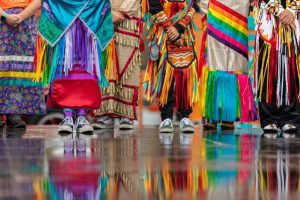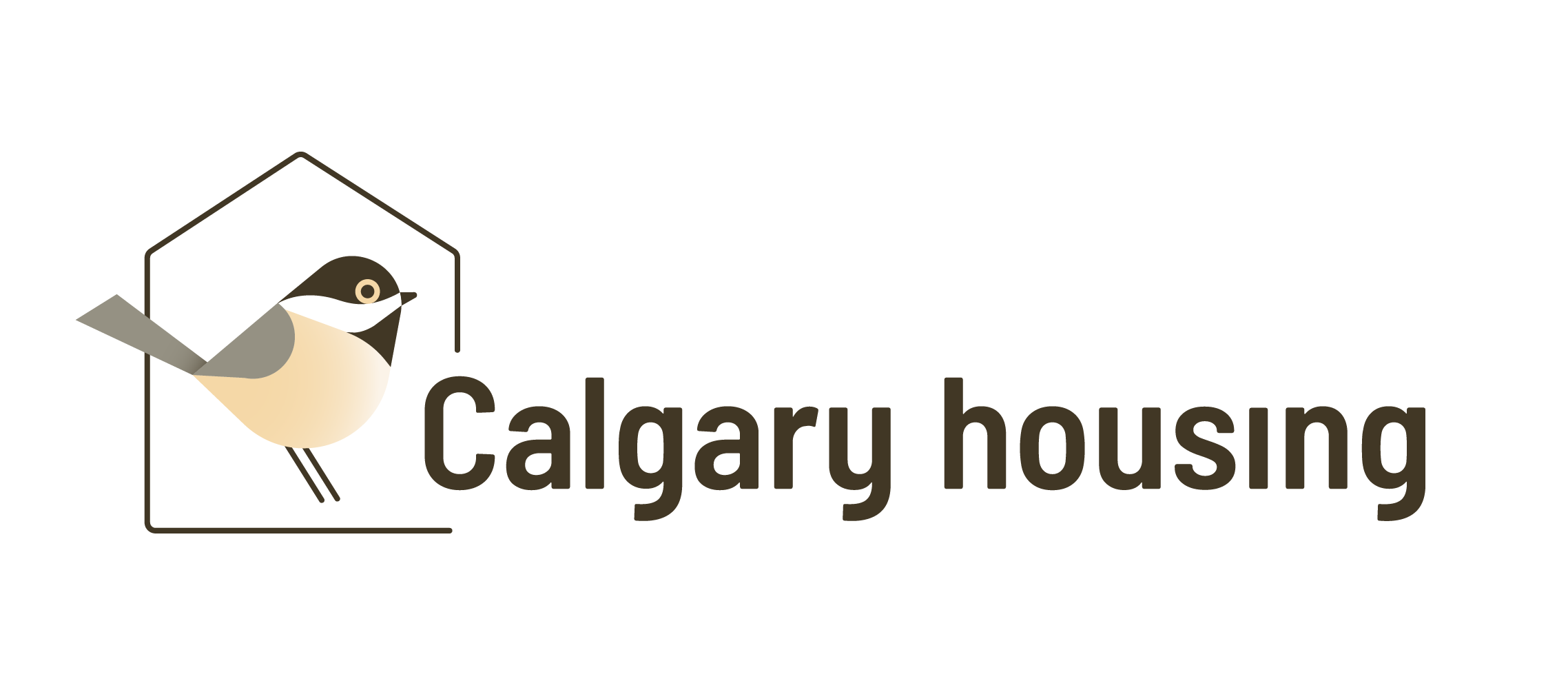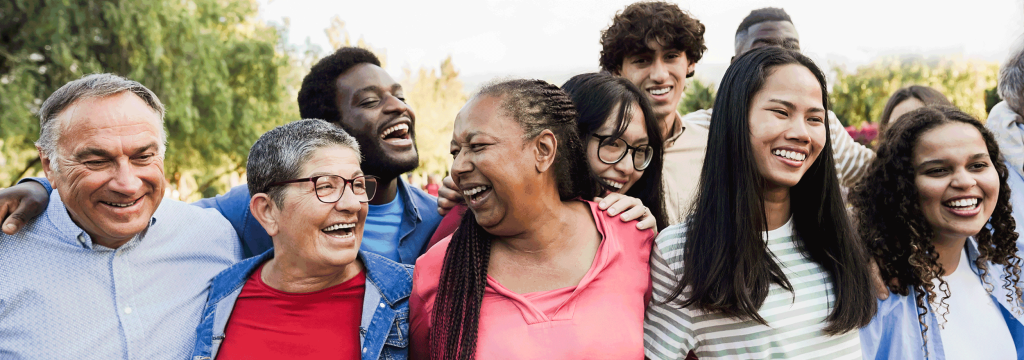A Conversation With ASCHH

Katelyn Lucas has been the Co-Chair of the Aboriginal Standing Committee on Housing and Homelessness (ASCHH) for over 12 years. She has built her career working in the homeless serving and housing sectors, and has a wealth of knowledge on Indigenous housing needs in Calgary. She recently spoke with Calgary Housing on both the work ASCHH has done and Indigenous housing in Calgary.
ASCHH was formed in 1996 and was initially focused on addressing the immediate needs of Indigenous people in housing disparity. In the last 10 to 12 years the organization has transformed to focus more on research, advocacy and building out practical tools for community. Katelyn says they hope to see more of their community development work actualized.
Katelyn shares that some of that community development work is currently focused on working with landlords to create partnerships with Indigenous urban and nation communities. She envisions creating a system similar to Rentfaster but more in depth. One thing she mentions is including how the landlord addresses some Indigenous practices. She mentions she’s heard stories of neighbours complaining of headaches and smells when a neighbour is smudging. Someone who is very traditional and preparing for a sun dance would not be a good fit for that type of building, she says, as they may smudge up to three times a day in preparation for their ceremony. She’d like to see that person be successful in their tenancy, so a more culturally accepting landlord may be a better fit.
She also indicated that some of the stats on Indigenous Housing need may not be realistic. Overcrowding is a frequent problem on reserves and in the city, she says. Many families end up couch surfing for years, a form of hidden homelessness. Indigenous people are already vastly overrepresented in Calgary’s homeless population, accounting for over 41 per cent of people experiencing homelessness in Calgary. But the real numbers may be much higher because of the frequency of hidden homelessness.
She mentions the contrast between life in the city and life on the reserve. She said some reserves don’t charge rent, and families live communally to support each other. One person may hunt a moose and the whole family will work together to butcher it and share the meat. However, in the city, those same communal networks may not be there to assist the cost of living as the rent is always due on the first.
That leads into the next challenge in adapting to city life – that many Indigenous families are used to spending money on immediate priorities. For example, if their children have outgrown their shoes and need new shoes for school. The parents may spend the money they had set aside for rent on the shoes because that need came up first. Some of the community development work of homeless organizations centers on teaching urban life skills, such as financial prioritization skills. She also shares that organizations have an easier time connecting someone with resources like food or clothing, rather than rent money. But, she says, people are not used to asking for help, especially in the cities where it can be harder to connect to these resources and into the Indigenous community.
In many instances, she says, people also don’t know that the help and supports are there. She tells of one individual who had been homeless and living at an adult homeless shelter for over two years. One day, in a passing conversation with a shelter worker, they asked him if he had spoken to his housing support worker. He said he didn’t know he had a housing support worker. He then tracked his housing support worker down and was housed shortly after.
One housing model she says will work well is the Indigenous Community Land Trust. By taking the land price out of the equation it is easier to offer affordable housing. She also speaks on how gradually increasing the rent as the person’s circumstances change can help people succeed in maintaining housing. She says it also helps them develop pride of ownership and look after the unit well. Then, if they choose to move or sell the unit, it comes back into the land trust and remains perpetually affordable. Katelyn hopes to see more housing models like this implemented in the future.
Calgary Housing has met with ASCHH previously to learn more about Indigenous housing needs in Calgary, and on how both organizations can work together. You can learn more about ASCHH here.
The City of Calgary is located on the traditional territories of the people of Treaty 7 region in Southern Alberta. This includes: the Blackfoot Confederacy, made up of the Siksika, Piikani, and Kainai First Nations. This is also the traditional territory of the Îethka Nakoda Wîcastabi First Nations, comprised of the Chiniki, Bearspaw, and Wesley First Nations; and the Tsuut’ina First Nation.
The City of Calgary is also homeland to the historic Northwest Métis and to Métis Nation of Alberta, Region 3.
Also recognizing that there may also be other Indigenous groups that are missing from this acknowledgement. We acknowledge all urban Indigenous Calgarians who have made Calgary their home.

